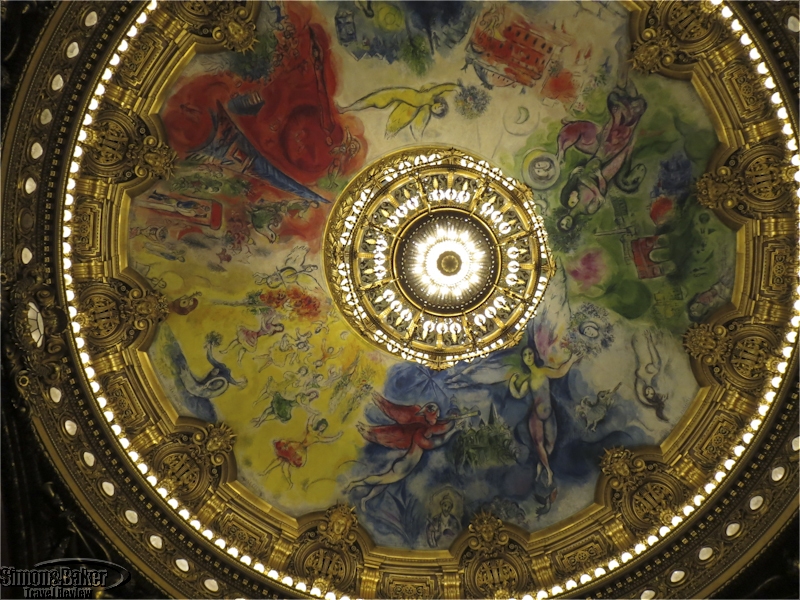
by Editor | Dec 1, 2012 | Europe, France, Paris, Simon and Baker Travel Review
The historic building alone would have been worth a special trip in a city filled with art treasures and historic buildings. Attending a musical performance of La Cenerentola there was a memorable experience worth repeating. It seemed that much extra special because the venue hosted more ballets than operas on an annual basis. There were nine ballets and six operas in the 2012 to 2013 season and fourteen ballets and six operas were planned for the following year.
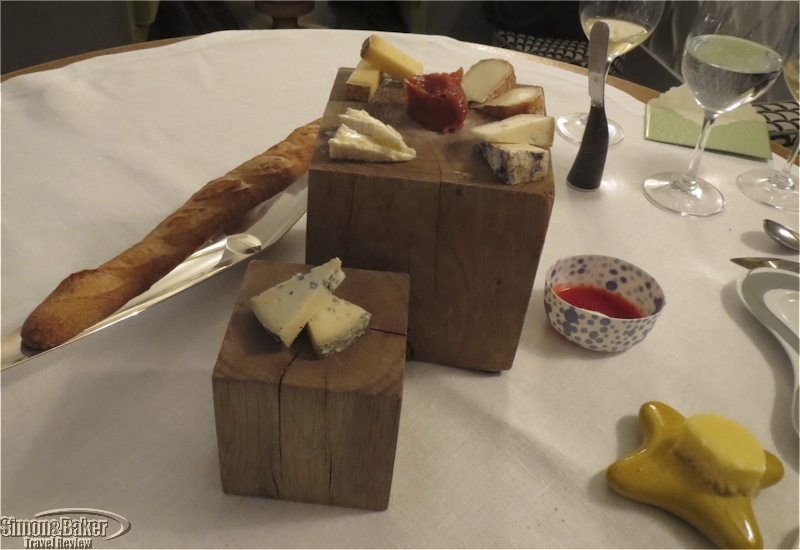
by Editor | Dec 1, 2012 | Europe, France, Paris, Simon and Baker Travel Review
We liked this restaurant’s intimate casual style, retro modern décor, and complex, unique and adventurous cuisine. Well presented dishes were accompanied by a small amount of table side showmanship.
The ambiance was reminiscent of dining at the home of an acquaintance who happened to be a gourmet food lover. Each course was a mini world unto itself.
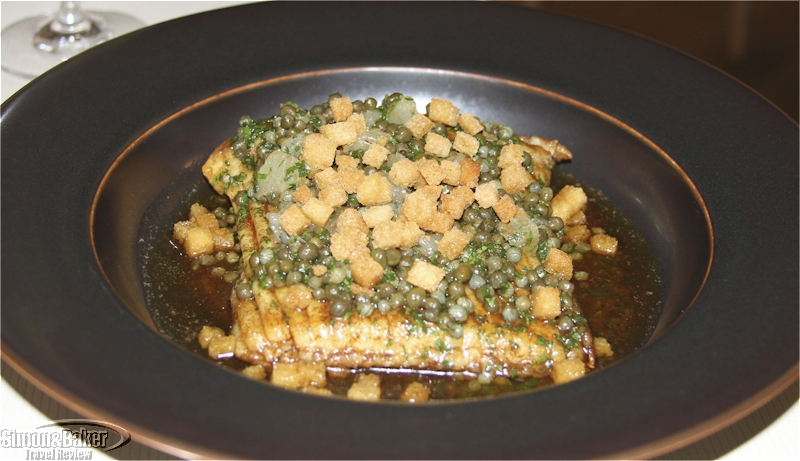
by Editor | Dec 1, 2012 | Europe, France, Paris, Simon and Baker Travel Review
The employee wearing a rubber apron and processing shellfish at the entrance and the bistro style ground floor dining area belied the refined ambiance we found once we climbed a narrow staircase to the first floor of Rech, long known for its seafood in a city preoccupied with eatable treasures from the seas. As the first to arrive for lunch we were thrilled to have the dining room to ourselves for a few minutes until the next guests appeared.
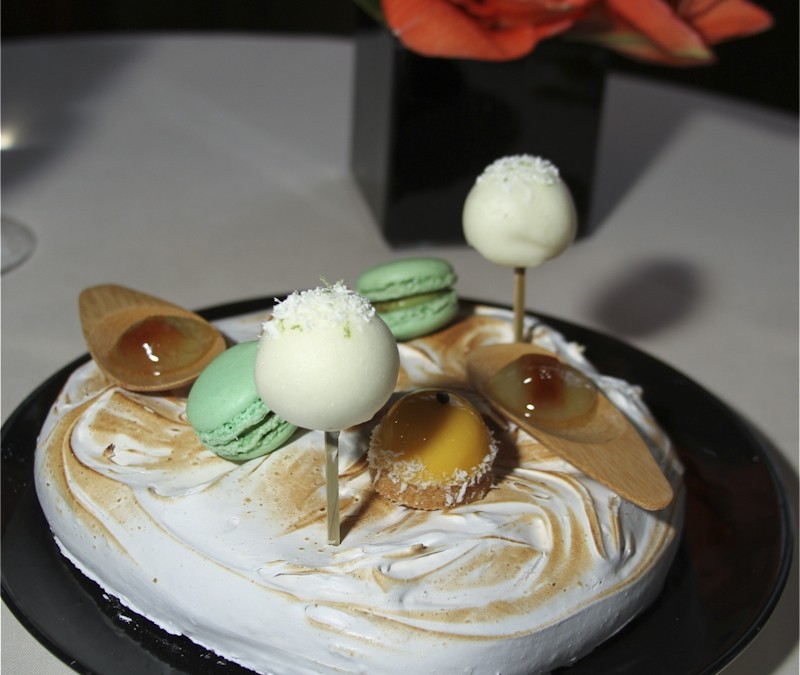
by Editor | Dec 1, 2012 | Europe, France, Paris, Simon and Baker Travel Review
Over time this restaurant in a wonderful location a step off of the ultra famous Champs Elysees has made loyal fans out of us. A beautiful dining room with an elegant meal service, quiet interior, and attentive and detail oriented service matched the superlative meals prepared by Chef Christian Le Squer. Over the years his Brittany influenced culinary style has remained light, innovative, refined, flavorful and satisfying.
Every time we have dined there we have had an enjoyable experience. We return because of the restaurant’s reliable, expertly prepared, pretty and well served meals.
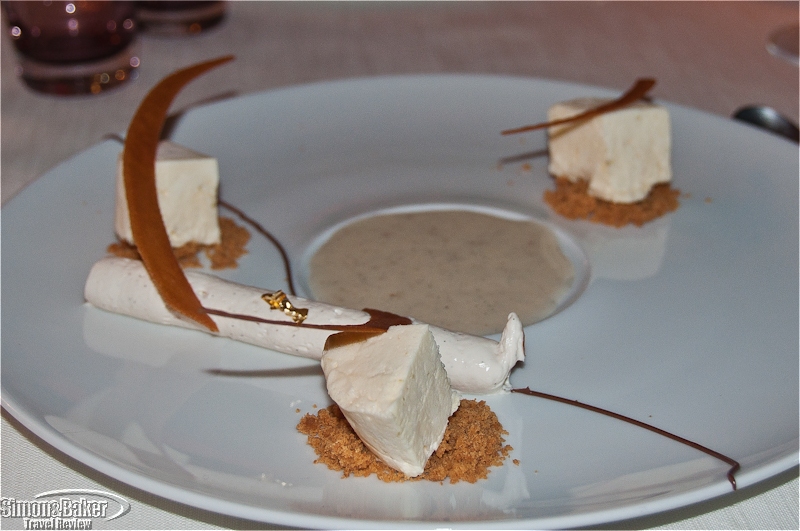
by Editor | Sep 1, 2012 | Alsace, Europe, France, Simon and Baker Travel Review
Le Jardin des Violettes had it all: a secluded yet easily accessible bucolic setting, an inviting dining room, and the ultimate trump card, an outstanding young chef. Located within the Romantik Hotel and Spa Les Violettes at the edge the lush forested foothills of the Vosges Mountains, the restaurant overlooked the farmland of Alsace’s famed Route des Vins . Its spacious dining room was lined with broad picture windows and French doors that gave the room an airy atmosphere and let in the tranquil country vistas. In season, it opened onto a terrace and lawns that provided a lovely stage for al fresco dining. However, I especially enjoyed the room at night when the indirect lighting subdued by crimson silk shades bathed the space in a faint rosy glow. It enhanced the formal table settings and provided just the right touch of romance to showcase the exceptional cuisine of Chef Jérôme Jaeglé
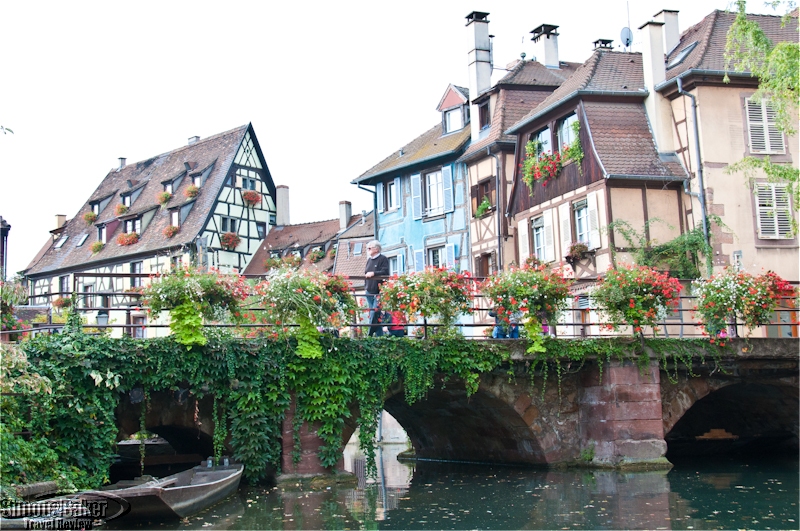
by Editor | Sep 1, 2012 | Alsace, Europe, France, Simon and Baker Travel Review
The history of Alsace is well documented, as far back as 58 B.C. when along with the rest of Gaul (great swaths of what is now France) it was conquered by Caesar. Rome attached the region to its Germania Superior province. Thus began a tumultuous two-millennia history during which this wedge of rich alluvial plain, 190 kilometer (118 mile) long by 50 kilometer (31 mile) wide at its largest, between the western bank of the Rhine River and the Vosges Mountains changed hands several times between France and Germany. This generated a unique culture that, while remaining resolutely French, abounds with unmistakably German elements in its traditions, architecture, arts and cuisine.





